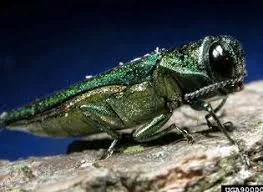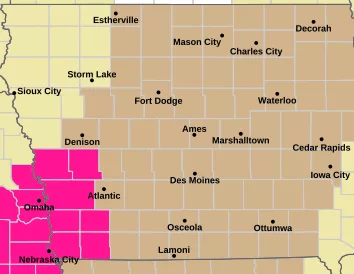
Iowa Governor Kim Reynolds recently proclaimed June as Invasive Species Awareness Month in Iowa.
Invasive species, like the emerald ash borer, Asian longhorned beetle, spongy moth and oriental bittersweet, threaten Iowa’s ecosystem by competing with, and destroying, native trees and disrupting the natural complex habitat system.
Iowa woodlands, wildlands and waterways draw hundreds of thousands of tourists and recreational users each year. Much of the spread of invasive species comes from people simply enjoying nature.
Iowa DNR District Forester, Joe Herring of Iowa Falls, tells Radio on the Go News drought conditions have made trees in Iowa more susceptible to these invasive species.
*Herring #1
“There’s an array of things out there, there always will be, and there’s really no one single kind of tree that is immune to everything or perfect. So every tree will be susceptible to some kind of either insect or pathogen. The drought is a problem. It shuts down the trees, of course, because of lack of water, but it predisposes them to other stressors, secondary insects or pathogens that can then go after the tree. So for instance, if folks have seen a lot of dying old oak trees, that’s a byproduct of the drought coupled with the old age of those trees and they don’t have the resilience that a young tree would have.”
There are steps you can take to stop the spread of invasive species like verifying plants you buy for your yard are not invasive, looking for spongy moth egg masses on outdoor equipment and not buying or selling firewood from outside your county of residence. You can learn more about forest invasive species at iowadnr.gov/invasives.
(Pictured: the emerald ash borer)






